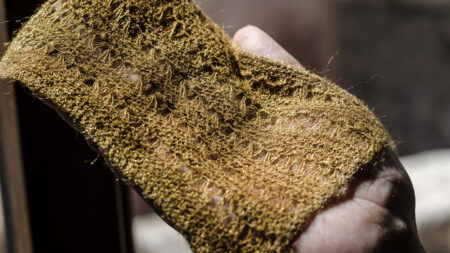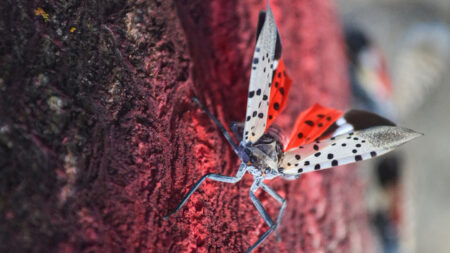The knotted, intricately braided string was like no other anthropologist Sabine Hyland had ever seen. Called a khipu, such devices were typically made and used by Inca elite to record astronomical events, take the census and maybe even collect taxes. And this one was “beautifully made, with fine braiding and variation in cord size,” Hyland says. She recalls thinking, “this is so beautiful, it must be royal.”
But a single strand of hair woven into the cord tells a very different story. A chemical analysis reveals the owner’s diet and likely location, pegging the person as a commoner from the Andean highlands, researchers report August 13 in Science Advances. If true, the results challenge the notion that Inca elites were the only ones literate enough to understand their recordkeeping systems.
Physical evidence linking khipus to their makers is extremely rare. Many surviving khipus come from looted tombs, or museum pieces with unknown origins, severing the connection between artifact and the people who made them.
This khipu surfaced at a German auction with little documentation. Radiocarbon dating pegged it to A.D. 1498, during the height of the Inca Empire. Its primary cord was made of human hair: a strand 104 centimeters long, folded in half and twisted, representing over eight years of growth.
But an analysis of carbon, nitrogen and sulfur in the hair revealed a diet dominated by tubers and greens, with little meat or maize. And there was no sign fish in the diet, suggesting a life spent far from the coast. “It was a complete shock,” Hyland says. The results pointed to the diet of a commoner.
The findings contrast sharply with historical accounts saying that khipus were produced only by khipukamayuqs, male bureaucrats drawn from noble or high-status families, who enjoyed access to high-status foods year-round.
It’s possible, but rare, that an elite person ate like a commoner. Or maybe the hair in the khipu does not belong to the person who made it. But in both colonial and modern Andean communities, attaching hair to a khipu signals authorship and responsibility for its contents. In Incan tradition, hair also has a strong symbolic meaning, carrying the essence of the individual.
“It must have been something pretty special for the person to sacrifice their hair,” Hyland says. “My guess is that it was [used for] recording ritual offerings.”
Read the full article here

















